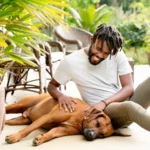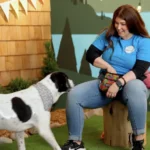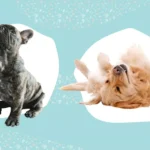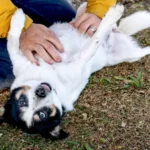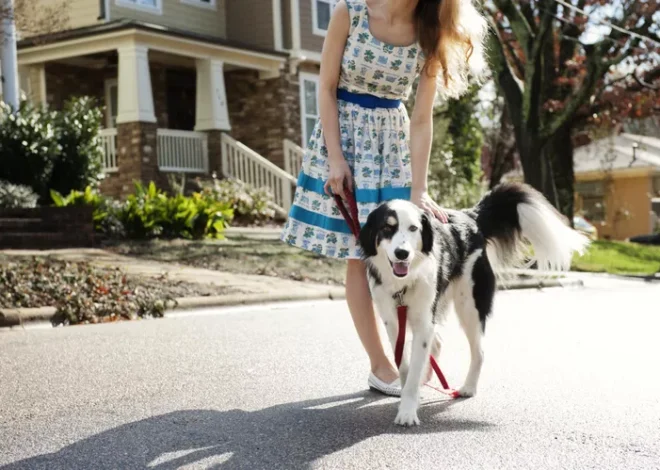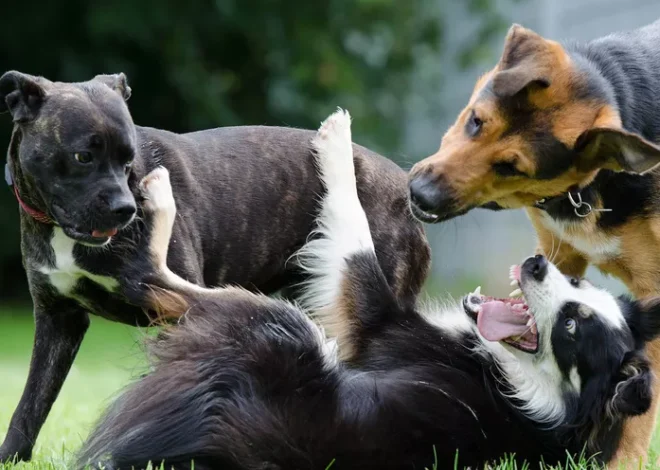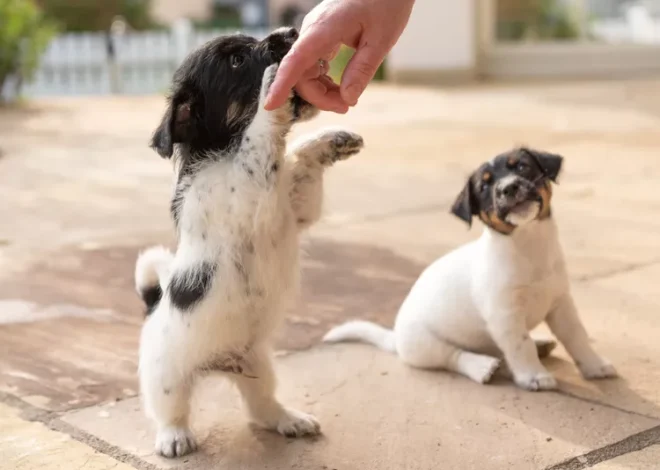
Fear Aggression in Dogs: Understanding and Preventing It

Introduction
Fear aggression in dogs is a common behavioral issue that can lead to unwanted incidents, such as biting. Like humans, dogs can inherit anxiety tendencies influenced by their environment, life experiences, and breed traits. Proper understanding and proactive measures can help prevent this behavior and ensure a harmonious relationship between dogs and their families.
Causes of Fear Aggression
Fear aggression stems from a dog’s instinctive “fight or flight” response. Dogs might exhibit aggression when they perceive threats they cannot escape. Several factors contribute to fear aggression:
- Genetics: Some breeds or individual dogs may naturally be more anxious.
- Poor Socialization: Puppies not exposed to various situations, people, and other animals during the critical socialization period (8-14 weeks) often develop fears that persist into adulthood.
- Negative Experiences: Traumatic incidents like rough handling or frightening events can condition dogs to respond aggressively when scared.
- Learned Behavior: If aggression successfully eliminates the perceived threat, dogs may repeat the behavior.
Recognizing Fear Aggression
Identifying the early signs of fear aggression is crucial for prevention and management. Common signs include:
- Body Language: Lip licking, yawning, shaking, or showing “whale eyes” (excessive white around the eyes).
- Vocalizations: Growling mixed with whining.
- Displacement Behaviors: Licking or chewing themselves and sniffing excessively.
- Reactions: Lunging, jumping on their owner, or attempting to flee.
Fearful dogs often have a “sensitive distance”—the range at which they feel uncomfortable around perceived threats. Exceeding this distance can escalate their anxiety and aggression.
Preventing Fear Aggression in Puppies
Socialization is the foundation for preventing fear aggression. Exposing puppies to diverse environments, people, and situations during their critical socialization window can help them grow into confident adults. Follow these tips:
- Positive Experiences: Introduce puppies to new situations with positive reinforcement like treats and praise.
- Controlled Exposures: Gradually expose them to noises, crowds, car rides, and veterinary visits.
- Consistent Routine: A predictable environment helps puppies feel secure.
Managing Fear Aggression in Adult Dogs
Even for adult dogs displaying fear aggression, effective management and training can reduce these behaviors:
Avoid Trigger Situations
- Keep your dog away from scenarios that induce fear.
- Maintain a safe distance from potential triggers, observing your dog’s comfort zone.
- Allow your dog an escape route to avoid feeling trapped.
Create a Safe Space
Designate a quiet area where your dog can retreat during stressful moments. Enhance this space with:
- Comfortable bedding.
- Calming pheromone diffusers or sprays.
- Treats and toys to associate the area with positive experiences.
Modify Your Interaction
- Avoid direct eye contact, which can feel intimidating.
- Pet your dog on its chest or sides rather than reaching over its head.
- Never force your dog into a fearful situation.
Consult Professionals
If fear aggression persists, seek help from a certified animal behaviorist or veterinary behaviorist. These experts can design customized training and treatment plans to address specific fears.
Treatment Options
Managing fear aggression often involves a combination of behavioral strategies and, in some cases, medical interventions:
Behavior Modification
- Desensitization: Gradually exposing the dog to its fears at a manageable level to build tolerance.
- Counter-Conditioning: Replacing negative associations with positive ones using treats and praise.
- Training Tools: Devices like Gentle Leader head halters and basket muzzles help ensure safety while training.
Natural Remedies
- Calming Additives: Products like Rescue Remedy can be added to your dog’s water to reduce anxiety.
- Pheromones: Comfort Zone DAP diffusers create a calming environment for dogs.
Medication
In severe cases, prescription medications may be used to reduce anxiety and make the dog more receptive to training. Always consult a veterinarian before starting any medication.
What to Avoid
Certain actions can worsen fear aggression:
- Punishment: Harsh reprimands intensify fear and escalate aggression.
- Forced Exposure: Forcing a dog into scary situations increases stress and risk of biting.
- Ignoring Early Signs: Address subtle signs of fear before they escalate into aggressive behavior.
Conclusion
Fear aggression in dogs is a manageable behavior when addressed early and appropriately. By understanding the root causes, recognizing the signs, and implementing preventive and treatment strategies, pet owners can help their dogs feel secure and reduce aggressive responses. Always consult with professionals when dealing with aggression to ensure your dog’s safety and well-being.

